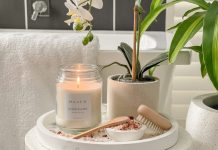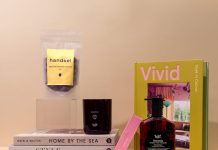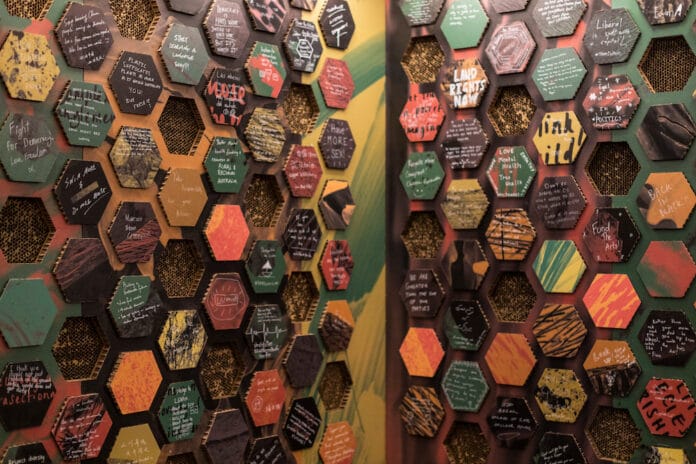
The Museum of Australia Democracy (MoAD) is abuzz following the opening of its latest exhibition, answering the perplexing question ‘what do honeybees and democracy have in common?’
HiveMind: Honeybees, Democracy and Me officially launched yesterday, ahead of World Bee Day tomorrow, 20 May, giving visitors a unique look at a little-known history of Australia’s federal parliaments.
The exhibition commemorates the achievement of William Yates, a Victorian Liberal backbencher in the 1970s, who first introduced beekeeping to Australian Parliament House grounds (now Old Parliament House).
On 1 April 1976, Yates asked the then Speaker of the House, Billy Snedden, if he could keep bees on Parliament grounds. Thinking it was an April Fool’s joke, the Speaker granted permission, not realising it was a serious request.
Three days later the beehives appeared in the Speaker’s garden.
Peter Yates AM, son of William Yates, said his father always had a sense of humour and wanted to bring some fun to Parliament when he became the Member for Holt (located in the south-eastern suburbs of Melbourne, Victoria).
“Holt had never been won by a Liberal politician before and hasn’t been since,” Mr Yates said.
“He didn’t expect to win … so arriving here, he decided that Parliament House was pretty boring, and people were too serious.”
While the introduction of the bees was a contentious topic at the time, Australia was one of the first countries in the world to allow beekeeping on Parliament House grounds and William Yates became a recognisable figure among the hives.
Mr Yates said his father was “a person who had ideas that were often not of then, but of the future”.
“Dad was prescient, he knew how important bees were to agriculture.
“He knew how important bees are to our society and so to have this role of his acknowledged in this way by the Museum of Australia Democracy is something that all of our family is incredibly proud of.”
Yates left parliament in 1980, taking his beloved bees with him, caring for them until the day he died.
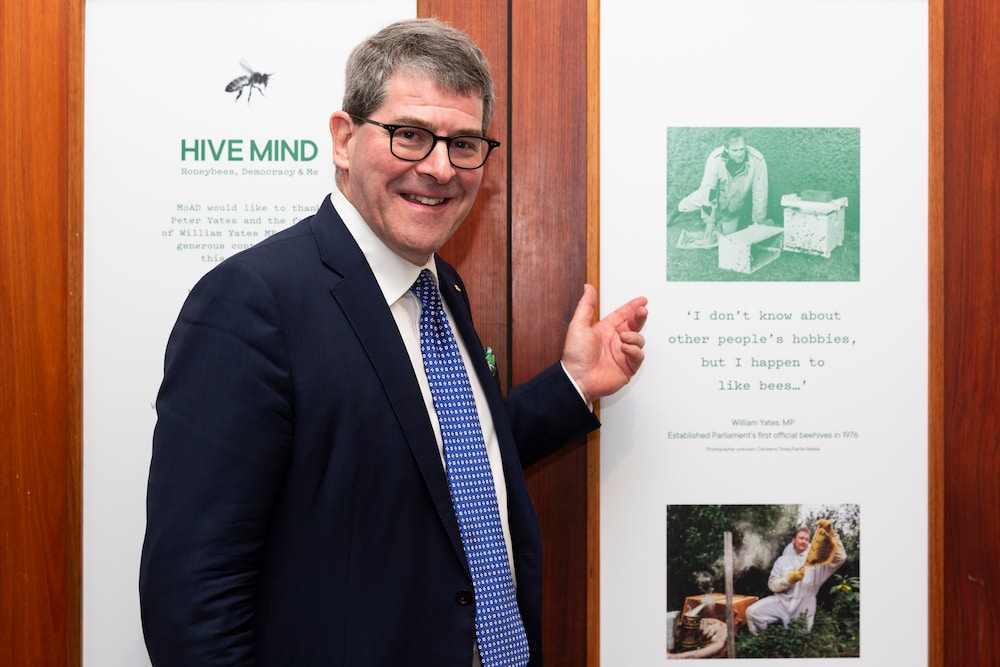
Bees in modern democracy
In 2017, the tradition of beekeeping at Parliament House was reignited by Cormac Farrell following a parliamentary report on honeybees.
The head beekeeper said the idea behind bringing the bees back to parliament was due to a sustainability initiative implemented to recognise the critical role bees play in agriculture and to educate parliament on the industries that rely on bees.
“Without them we basically wouldn’t have a lot of our crops,” Mr Farrell said.
“It was really about making that connection to that understanding and having an extra, practical hive on site allows people to experience what it’s like to be a beekeeper.”
Honey from these hives appear as gifts for visiting dignitaries and groups but the other unbee-lievable link to parliament is bees have a very clear and democratic voting system.
“Bees actually use a democratic voting system as part of their daily lives,” Mr Farrell said.
“So, our democracy is not a unique human thing, it’s something that stretches literally back to the time of the dinosaurs.
“When bees are making life and death decisions, they do sort of an interpretive dance in the dark that other bees have to feel to figure out the vote.”
The biologist Professor Thomas Seeley discovered that it takes 27 votes in a bee democracy for a decision to be made.
Mr Farrell said that politicians often get a kick out of the honeybee democracy, especially when looking at how the hives choose and remove their leaders.
“Sometimes the queen will start to lose her mojo … the colony will crush her to death and cook her but they also like to chew her wings off and throw her out the front door so she can’t get back in,” he said.
“There is no back bench for bees!”
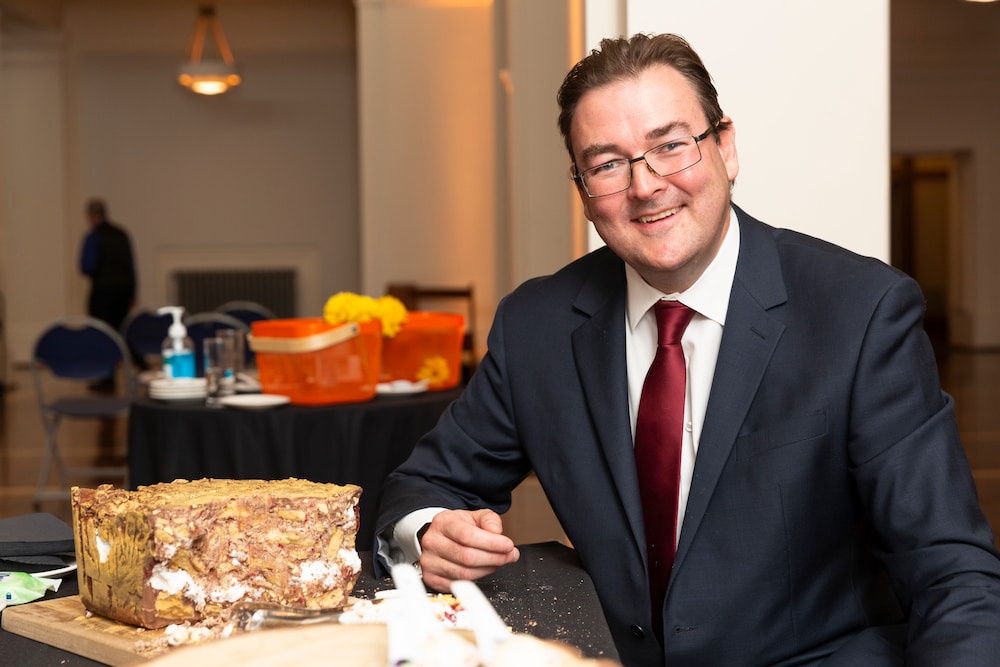
The buzz of HiveMind
Along with sharing objects and stories of honeybees in Australian Parliament, the exhibition features a hand-made ‘democratic hive’ collaborative art installation.
It started as a collaborative art piece constructed by members of the public during the Enlighten Festival in March 2020.
Members of the public were invited to write words of advice or life lessons on hexagonal panels to become part of a honeycomb puzzle, panels which are now displayed in the HiveMind: Honeybees, Democracy and Me exhibition.
MoAD director, Daryl Karp, said it is a light, playful look at the history of honeybees on the grounds of the nation’s decision-making house and an insight into how the collective decision making of bees can teach us many things.
“Bees provide a template for democracy, the ‘sweet spot’ of collective decision making,” Ms Karp said.
“They are nature’s example of democracy in action, and we hope to take visitors to the real heart of what democracy is in a way that, hopefully, surprises and inspires.”
HiveMind: Honeybees, Democracy and Me is now open at the Museum of Australian Democracy, Old Parliament House in Canberra. This is a free, non-ticketed exhibition on show until 2022.
For more information, visit www.moadoph.gov.au/exhibitions/hive-mind/
For more:

